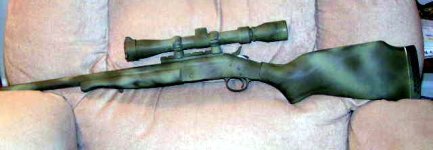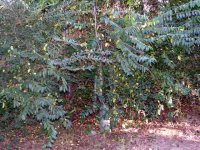lukefenech
Inactive
Hello, as you can see I am very new here and would like to congratulate you all on a great Forum.
I have spent the last week banging my head against a brick wall trying to get a decent Park finish on my old M96. I have sand blasted everything and been totally anal about cleanliness and preparation but the manganese just wont seem to take to the steel and I am getting blotching.
Ready-mixed Park' solutions are, as far as I can find, not available to us here in Australia so I have been trying the DO-IT-YOURSELF method with Phosphoric acid (85% concentration) Manganese dioxide, Demineralised water and ageing the solution with clean steel wool. Only using non-coated steel wire to suspend the parts and being ever so careful in the cleanliness department. I am SO frustrated!!
Likelihood is that it's operator error but I am at a loss as to where I am failing.
I know this topic has been almost done to death but I'm really stuck so any help would be greatly appreciated. Luke
I have spent the last week banging my head against a brick wall trying to get a decent Park finish on my old M96. I have sand blasted everything and been totally anal about cleanliness and preparation but the manganese just wont seem to take to the steel and I am getting blotching.
Ready-mixed Park' solutions are, as far as I can find, not available to us here in Australia so I have been trying the DO-IT-YOURSELF method with Phosphoric acid (85% concentration) Manganese dioxide, Demineralised water and ageing the solution with clean steel wool. Only using non-coated steel wire to suspend the parts and being ever so careful in the cleanliness department. I am SO frustrated!!
Likelihood is that it's operator error but I am at a loss as to where I am failing.
I know this topic has been almost done to death but I'm really stuck so any help would be greatly appreciated. Luke
Last edited:








